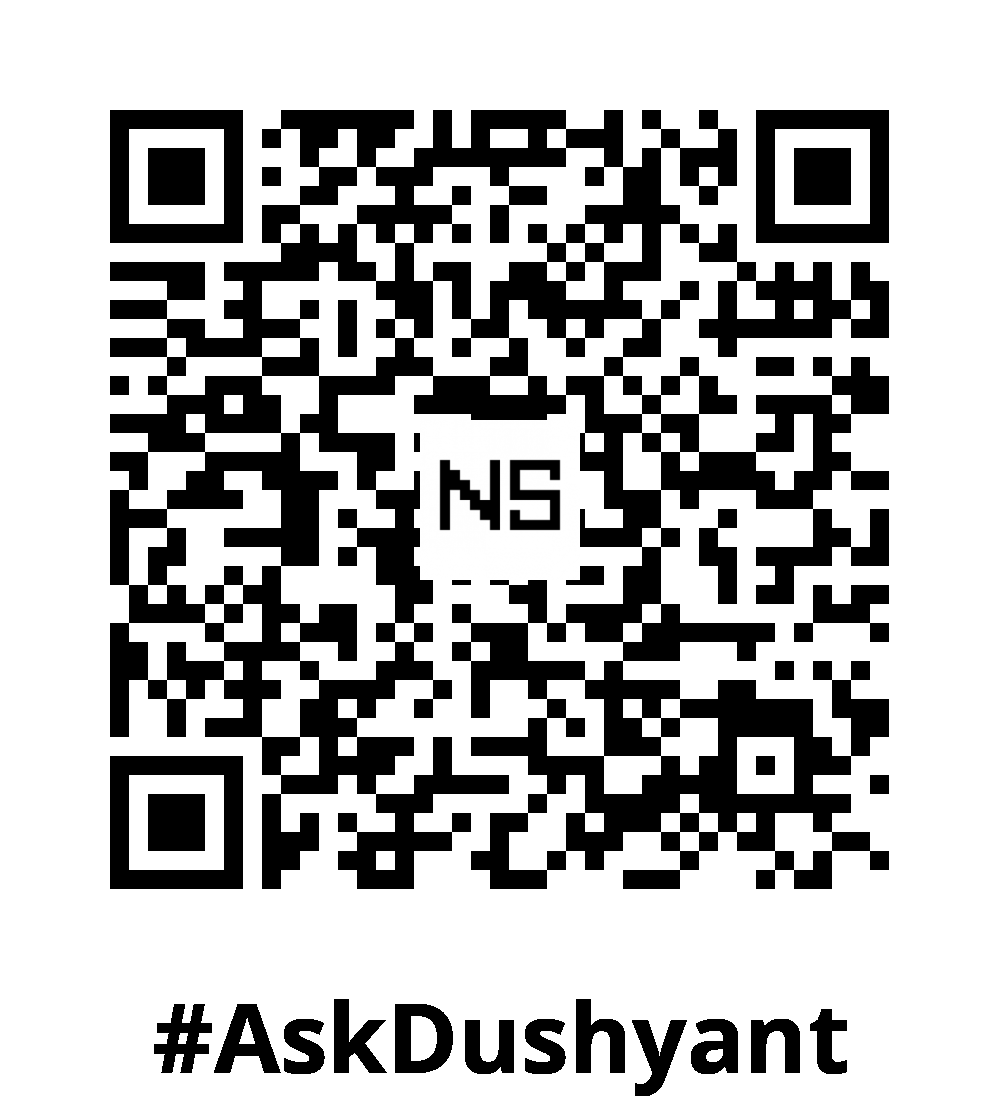Two-factor authentication (2FA) is a must-have for modern applications, offering enhanced protection against unauthorized access. Drawing on my 18+ year career in the tech corporate domain, developing scalable solutions and driving technological innovation, I assert that 2FA has become the new standard for data security in applications. As a developer, implementing 2FA may feel daunting, but with a structured approach and the right tools, you can integrate it seamlessly into your application. This tech concept provides a step-by-step walkthrough for adding 2FA using popular programming languages and frameworks, complete with code examples and best practices.
What Is Two-Factor Authentication?
2FA adds an additional layer of security to user authentication by requiring two types of credentials:
- Something the user knows: Like a password.
- Something the user has: Like a one-time passcode (OTP) or authenticator app.
Why Add 2FA to Your Application?
- Protect sensitive data from unauthorized access.
- Build user trust by demonstrating a commitment to security.
- Meet compliance requirements for industries like finance and healthcare.
Core Components of 2FA Integration
- User Interface (UI): Add an input field for users to enter their OTP.
- Backend Logic: Implement OTP generation and validation mechanisms.
- Token Delivery: Choose between SMS, email, or app-based authenticators.
- Secure Storage: Safely store user-specific 2FA settings and secrets.
Step-by-Step Guide to Implementing 2FA
Step 1: Set Up Your Development Environment
Choose your tech stack based on your application. Examples include:
- Languages: Python, JavaScript, PHP, Java.
- Frameworks: Django, Flask, Node.js, Laravel, Spring Boot.
Install the necessary libraries for 2FA:
- Python:
pyotpfor OTP generation. - JavaScript:
speakeasyorotplib. - PHP:
spomky-labs/otphp.
Step 2: Enable User Registration for 2FA
Allow users to opt into 2FA by generating a secret and linking it to their account.
Example: Generating a Secret in Python (Flask + PyOTP)
import pyotp
from flask import Flask, request, jsonify
app = Flask(__name__)
@app.route('/register-2fa', methods=['POST'])
def register_2fa():
user_id = request.json['user_id']
secret = pyotp.random_base32()
qr_url = f'otpauth://totp/NS_APP:{user_id}?secret={secret}&issuer=NS_APP'
# Store secret securely in your database linked to the user
return jsonify({'secret': secret, 'qr_url': qr_url}) Users can scan the QR code with an authenticator app like Google Authenticator or Authy.
Step 3: Verify the OTP During Login
When a user logs in, verify the OTP they provide against the secret stored for their account.
Example: OTP Verification in Python
@app.route('/verify-2fa', methods=['POST'])
def verify_2fa():
user_id = request.json['user_id']
otp = request.json['otp']
secret = get_user_secret(user_id) # Fetch stored secret from the database
totp = pyotp.TOTP(secret)
if totp.verify(otp):
return jsonify({'status': 'success', 'message': '2FA verified'})
else:
return jsonify({'status': 'error', 'message': 'Invalid OTP'}), 401 Step 4: Implement Token Delivery Options
- SMS-Based 2FA: Use APIs like Twilio, Nexmo or any other SMS delivery provider.
Example: Sending OTP via Twilio in Python
from twilio.rest import Client
client = Client('account_sid', 'auth_token')
message = client.messages.create(
body="Your OTP is 123456",
from_="+123456789",
to="+987654321"
) - Authenticator Apps: Generate QR codes with libraries like
qrcodein Python.
Step 5: Secure Your 2FA System
- Encrypt Secrets: Store secrets securely using encryption.
- Rate Limit Login Attempts: Prevent brute-force attacks by restricting OTP retries.
- Provide Backup Codes: Offer recovery codes for users to regain access if they lose their 2FA device.
Advanced Features for 2FA
- Push Notifications
- Enable push notifications for real-time 2FA. Services like Firebase can send push-based approval requests.
- Biometric Authentication
- Integrate fingerprint or facial recognition as an additional factor.
- Multi-Language Support
- Cater to global audiences by supporting multiple languages in OTP messages.
Best Practices for 2FA Integration
- Make Enrollment Easy: Guide users with clear instructions and QR codes.
- Offer Recovery Options: Provide alternative methods like email-based recovery.
- Comply with Standards: Adhere to GDPR, PCI DSS, and other regulations.
- Test Thoroughly: Validate your 2FA implementation with multiple scenarios and edge cases.
My Tech Advice: Given the rise in cyber fraud, it is essential that your company’s application is double secured against unauthorized access. Adding 2FA to your application is a crucial step toward ensuring security and earning user trust. By following the steps outlined in this guide and leveraging the code examples, you can implement a robust 2FA system. Not only will this protect your users, but it will also demonstrate your commitment to modern security practices.
#AskDushyant
Note: The example and pseudo code is for illustration only. You must modify and experiment with the concept to meet your specific needs.
#TechConcept #TechAdvice #2FA #Authentication #Security #CyberSecurity #Implementation


Leave a Reply